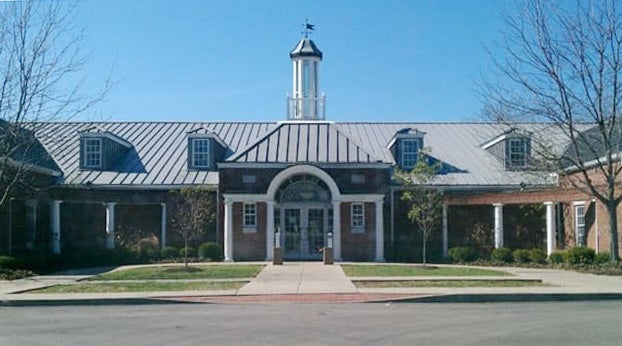Keeping poultry safe during the winter
Published 3:00 pm Saturday, December 10, 2022

- Levi Berg. File photo.
|
Getting your Trinity Audio player ready...
|
By Levi Berg
Clark County Extension Office
Winter is here, and the temperature has dropped. This time of the year, I will usually receive a few questions about poultry care during freezing temperatures. During winter months, don’t worry about how cold it is because poultry is designed to withstand the cold. Their feathers offer plenty of heat and insulation to keep them warm, but things you should worry about include clean, thawed water, plenty of feed, good ventilation, lighting, and flock safety.
In my eyes, the most significant threat to poultry during the winter is fresh, thawed water. Without water, the birds have zero chance of surviving. Just remember, poultry will generally drink about 2 pounds of water for every pound of feed they eat. Without water, the birds cannot correctly digest their feed, regulate temperature, and will decrease egg production, so keep clean, thawed water for your birds at all times.
Also, during winter, the energy required to stay warm and produce eggs increases with the cold temperatures, and the best tactic is to keep plenty of commercially balanced complete feed in front of the birds. These feeds will provide birds with the vitamins, minerals, and protein. If temperatures drop extremely low, high-energy grains such as corn or sunflower seeds can be used as a supplement. However, supplementation could cause a nutrient imbalance, and if an imbalance occurs, only feed a completely balanced feed.
Most individuals don’t think about ventilation for poultry, and during winter, it will keep birds in air-tight coups. This is the wrong thing to do. Poultry need plenty of airflow because poor airflow increases the chances of respiratory diseases. High amounts of dust and ammonium buildup usually cause respiratory diseases. In your building, make sure there is at least a window that can be left open to provide plenty of airflow.
Lighting can be tricky because hens usually only lay eggs when the days are long in the spring and early summer, but through selective breeding, hens will now lay year-round. However, natural lighting can be short during the winter, and the birds can decrease egg production. The best egg production happens when the birds have around 14 hours of light. Artificial lights will work fine to keep output high. Without the lights, the birds will naturally slow egg production or completely stop during winter, but the lights will promote winter egg production.
Finally, flock health. During winter, predators will be hungry and looking for food. Poultry that are running free or kept up in a coup are at risk of becoming dinner. Ensure windows and openings are secured with chicken wire to prevent predators from entering the coups. If your chickens run free, keep a close eye on your birds during the day, and make sure to put them up in a lockable coup at night.
Winter can be brutal for your poultry, but remember, fresh water, plenty of feed, plenty of ventilation, and plenty of care will be your birds’ best friends. Information was obtained from Wisconsin Poultry Cooperative Extension publication “Preparing for Winter”.
Clark County Extension Agriculture and Natural Resources Newsletter
Sign up for the Ag Newsletter if you would like to receive more information like in this article. The Ag Newsletter will provide more information on upcoming agricultural and natural resources classes and articles varying from forages to wildlife to livestock and much more. If you would like to be added to the Clark County Extension Agriculture and Natural Resources newsletter, please contact the Clark County Extension Office at 859-744-4682. Also, be sure to follow the Clark County Extension Facebook page!





